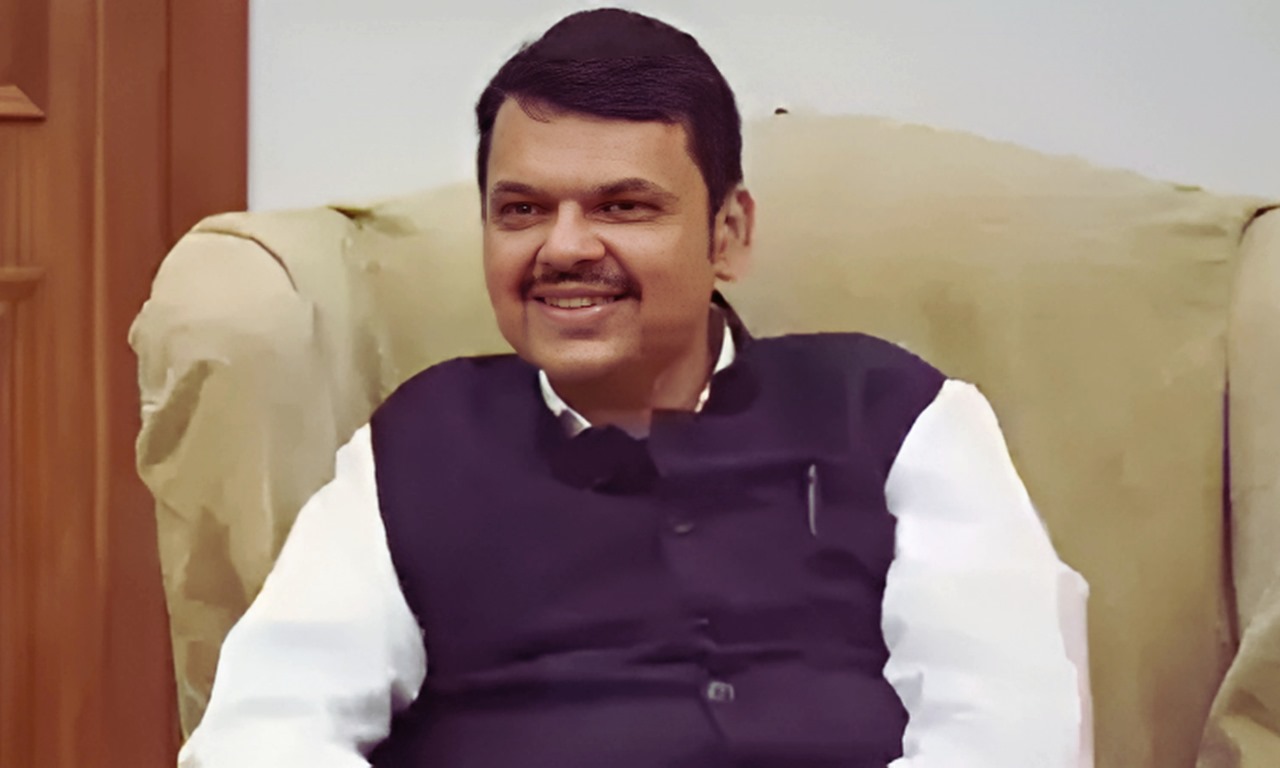New Method to Determine Hubble Constant

Background:
- 1929 Edwin Hubble formulated Hubble’s law, providing the first mathematical description of the universe’s expansion.
- The precise rate of this expansion termed the Hubble constant, remains a contentious issue in cosmology.
- Two details are required to calculate the value of the Hubble constant: The distance between the observer and astronomical objects, and the velocity at which these objects are moving away from the observer due to the universe’s expansion.
Linkage:
- So far, scientists have used three methods to get these details:
- They compare the observed brightness of a stellar explosion, called a supernova, with its expected brightness to figure out how far away it could be. Then they measure how much the wavelength of the light from the star has been stretched by the expansion of the universe – i.e. the redshift – to figure how much it’s moving away.
- They use changes to the Cosmic Microwave Background (CMB) – radiation left over from the Big Bang event – to estimate the Hubble constant. The CMB is a faint, nearly uniform glow of microwave radiation that fills the observable universe. It is often referred to as the “afterglow” of the Big Bang.
- They use gravitational waves, ripples in spacetime produced when massive astronomical objects – like neutron stars or black holes – collide with each other. Detectors that observe gravitational waves record the data in the form of curves.
Current News:
- Researchers proposed analyzing a collection of lensed gravitational waves and their time delays to derive information about the universe’s rate of expansion.
- Gravitational lensing is a phenomenon in which the gravitational field of a massive object, such as a galaxy or a cluster of galaxies, bends and distorts the light from objects located behind it.
Impact:
- This method offers an independent estimation of the Hubble constant and could help determine other cosmological parameters such as matter density.
- Experts in the field find the study fascinating and see it as a significant cosmological application of gravitational waves.









